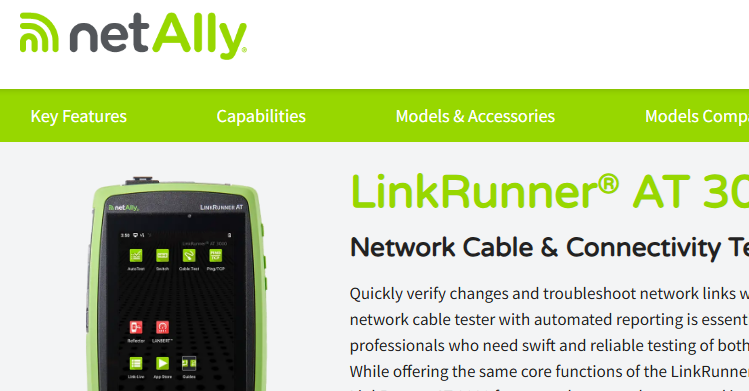Validating Switch Trunk Ports With My NetAlly LinkRunner
- Tony Fortunato

- Jul 7
- 1 min read
In any network environment, especially those with layered architectures and VLAN segmentation, properly configured switch trunk ports are essential for ensuring that traffic flows between switches without interruption. However, misconfigurations happen more often than many realize—whether due to human error, firmware updates, or changes in network topology. That’s why testing switch configurations isn't just a recommended practice—it's a necessary one to maintain a stable and secure network.
In this video, I demonstrate how I use a NetAlly LinkRunner to validate the configuration of a trunk port on a managed switch. The LinkRunner provides instant feedback on VLAN tagging, port status, and connectivity across layers 1 to 3. This helps confirm that the switch is properly tagging traffic and forwarding it as intended, ensuring that devices across VLANs can communicate without issues.

Relying solely on switch console output or network controller interfaces can be misleading. Configs may look correct on paper, but testing from the port level confirms real-world performance. The LinkRunner simplifies this by simulating a client device and offering visual confirmations of VLAN IDs, PoE status, and link speed. In this case, it revealed that the port was not passing all expected VLANs—something I wouldn’t have caught without hands-on testing.
Whether you’re onboarding new equipment, troubleshooting an outage, or verifying changes in your network, taking the time to test switch configurations with a dedicated tool like the LinkRunner gives you confidence that your infrastructure is behaving exactly as designed. It helps prevent downstream issues and provides documented proof that your network changes were verified in the field, not just in theory.





